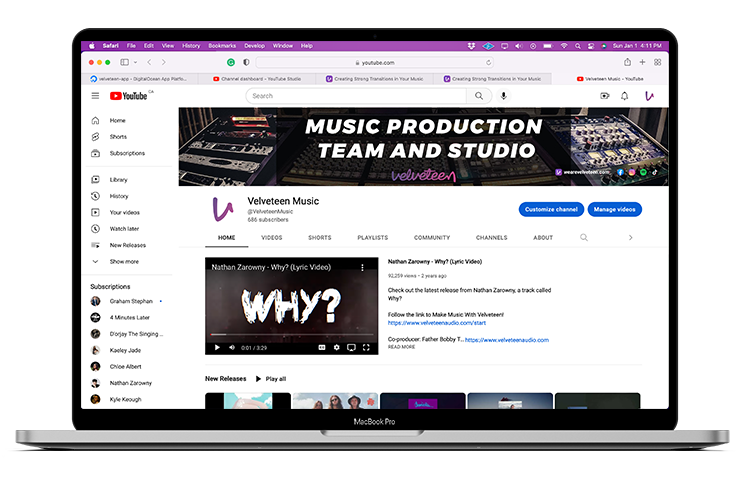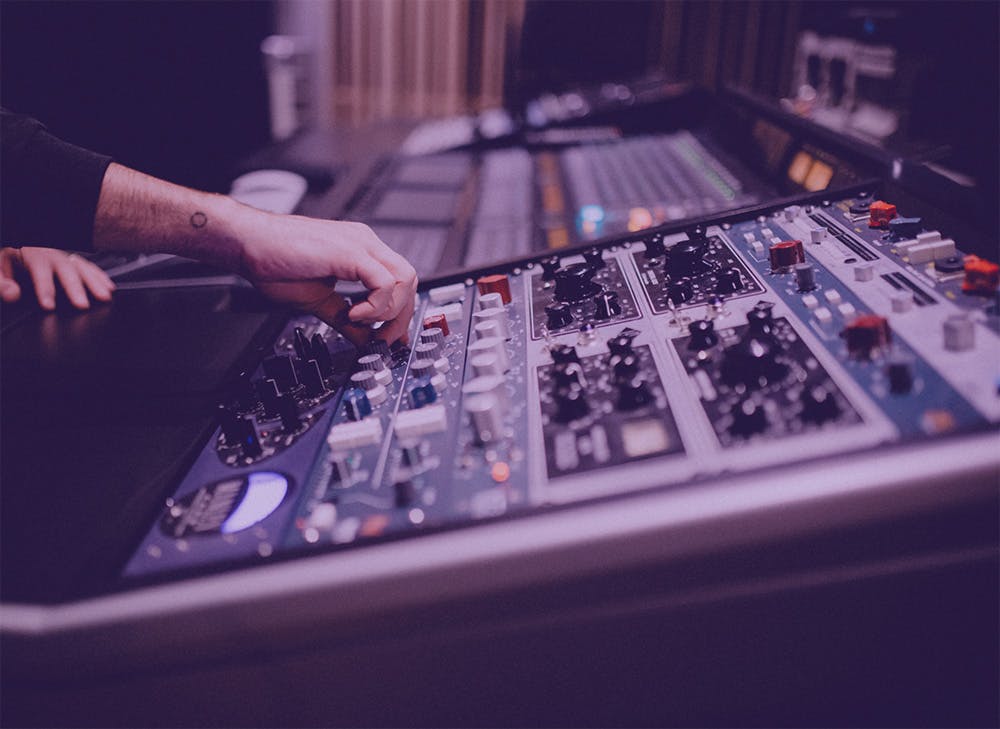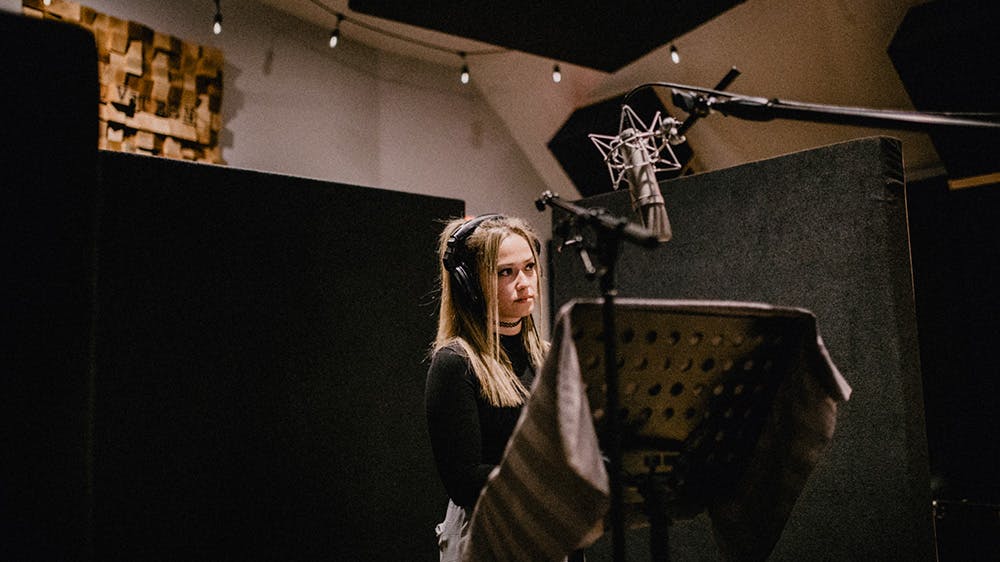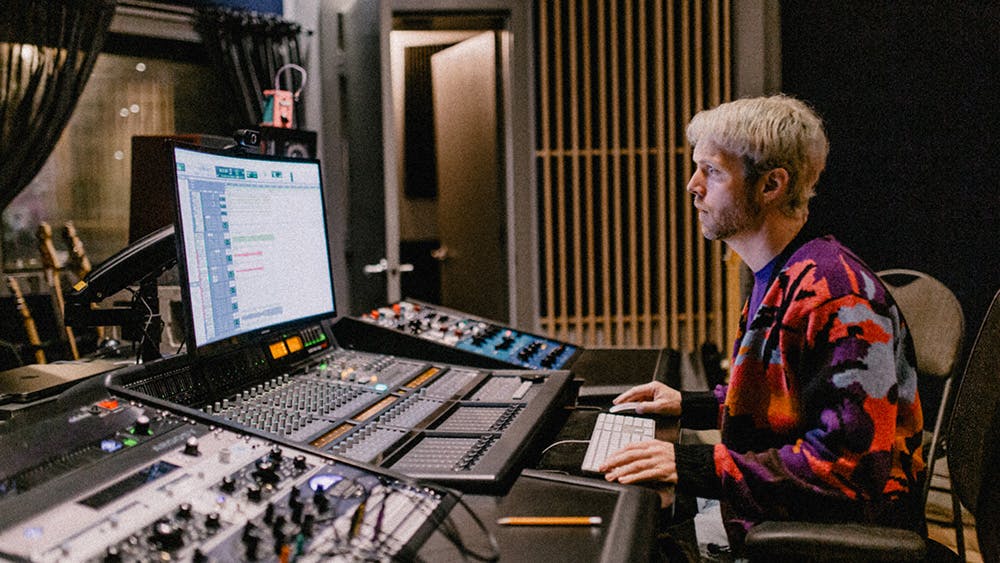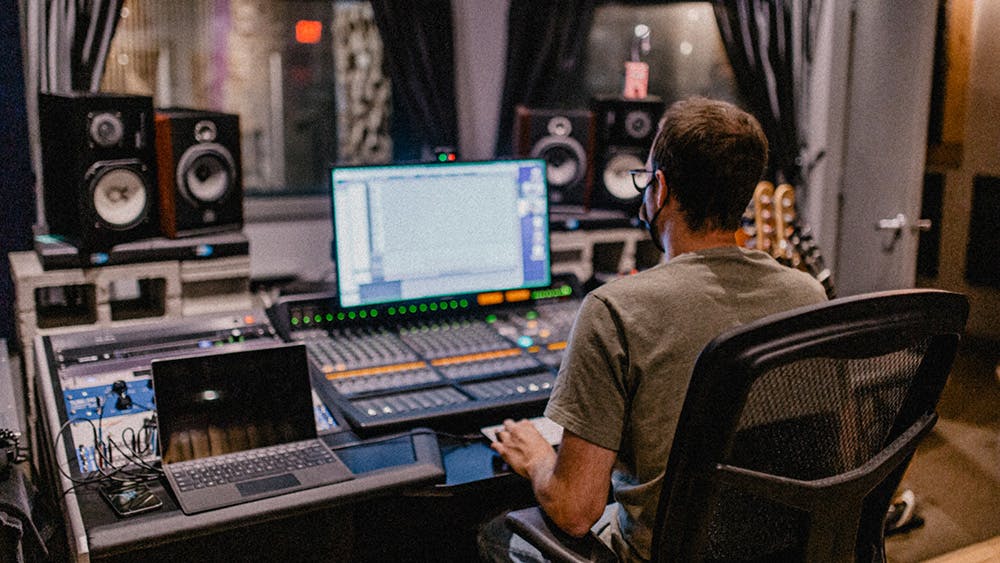Creating Strong Transitions in Your Music
Reading time: 3-5 minutes
Hey all!
We got more music production tips coming at ya! This post is all about creating strong transitions in your music, specifically with modern electronic music productions. We’re going to go over the following techniques I use that help tell the story within the song:
1) Adding and removing elements of the production
I personally love doing this with three or four elements in my productions. Because I will typically use a few layers of kick and snare, I can generally take out a layer of each in the sections I want to feel smaller, and/or add in another layer in the sections that I want to feel larger. Then the drum production tells a story.
You can also do a similar thing with bass. I often find myself adding a sub bass sound to make the bottom end fill out when I hit the chorus.
Finally, the same thing can be done with pads, duplicate the MIDI track and add another sound to make the bigger parts feel…bigger!
2) Adding rhythmic elements such as shakers or hats
If you have loops or tracks that have a lot of movement in them, then you can use these to push certain sections forward and pull others back. It’s a great way to get the listener to experience some change in the underlying rhythm without changing much. I’ll often put the hat into the chorus section, then pull it out in the verse (or at least dial it back).
3) Filtering for impact
This is a super fun one. I like to use the Waves OneKnob Filter religiously, as it’s really effective for telling a story. We can have a loop that is running throughout the song, and if you filter the top end off in the verses, it takes away some of the energy. As a result, the energy in the chorus gets larger. You’ll also see in the video that I will often filter harder just before the chorus, so it explodes after the filter releases.
4) Drop out key track in the bar before (or a few beats earlier)
This technique is super effective. Simply try muting a few elements of the production right before the big chorus or payoff, you won’t regret it. What this does is pull back the energy right before, and therefore provides a strong emphasis for the next section.
5) Inserting a swell or reversed sound
So by find a great swell, or riser, or simply reversing a sound that has a long decay, you can really help create some suspense and drama to the transition. When the listener hears something increasing in volume, it can make them feel as though something big is coming. You can also use that for effect, and give them the opposite on occasion, just to keep the listener wanting more.
6) Adding an impact or noise sound on the downbeat
And finally, try throwing in an impact or white noise sound on the downbeat. Essentially, both of these elements are there to simply strengthen and emphasize the start of the bigger section. An impact will typically have a punch bass drum type sound blended with some “crash” esque sound. A white noise (or simply noise) sample will often have a sparkly top end that can increase the energy for when the chorus hits. Try both! I like to use these both sparingly and low in the mix, to the point where I can just hardly hear them, more so just feel them.
Ok and finally, you can take all of the tips above, and simply do them in reverse order to emphasize a reduction in energy, such as entering a second verse or a bridge.
Alright that’s all for now! Check out the video at the top of the page to see this in action. We hope you’re getting a lot out of these videos, stay tuned for more!
Thanks guys!

